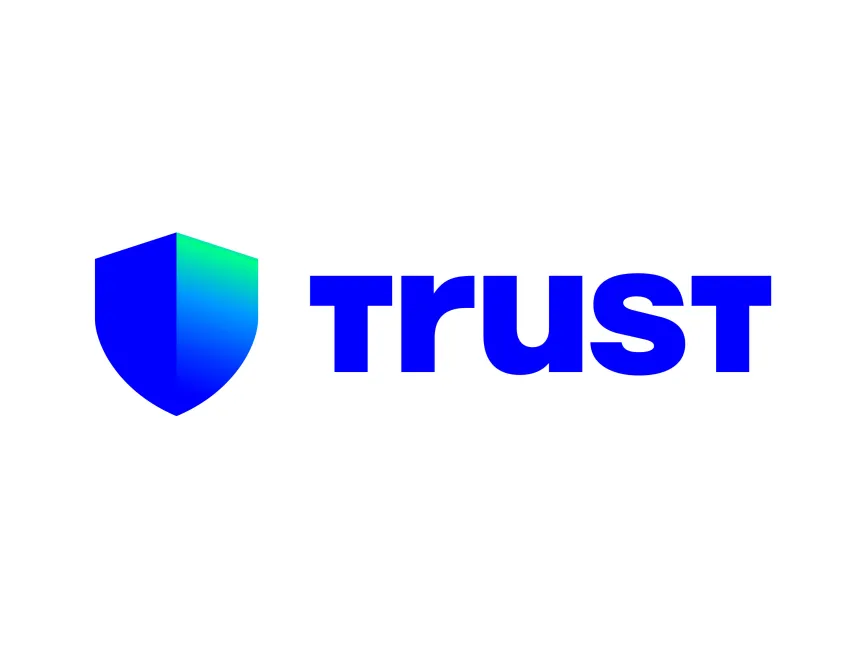Whoa! Ever felt the frustration of juggling different wallets just to tap into DeFi across multiple blockchains? Yeah, me too. It’s like trying to keep track of a dozen TV remotes when all you want is to watch the game. Initially, I thought managing assets on separate chains was just the price we pay for decentralization. But then, something clicked — cross-chain tech isn’t just a nice-to-have anymore; it’s becoming essential for anyone serious about crypto’s next wave.
Here’s the thing. DeFi exploded on Ethereum, but the ecosystem has since sprawled wildly. You’ve got Binance Smart Chain, Polygon, Avalanche, and more. Each with their own dApps, tokens, and quirks. Trying to access liquidity or yield opportunities across these platforms separately? It’s a mess. Honestly, it felt off to keep hopping between wallets and browser extensions—each one a mini headache.
So, I dug deeper into multi-chain DeFi, and I realized that what we really need isn’t just interoperability—it’s seamless connectivity. The kind of experience where your assets and apps talk to each other without you needing to micromanage every little step. It’s not just about bridging tokens; it’s about bridging user experience.
Okay, so check this out — that’s where dApp connectors come in. These tools act like translators and traffic controllers combined, allowing decentralized apps from different chains to communicate and share data securely. The magic is in the middleware layers that handle cross-chain messaging, transaction confirmations, and even asset swaps without locking users into one chain’s ecosystem.
But wait—there’s more complexity under the hood. Cross-chain functionality isn’t just a technical pipe dream; it has to deal with trust assumptions, security trade-offs, and sometimes, network congestion that slows everything down. On one hand, you want fast and cheap transactions; though actually, making those happen across chains with different consensus mechanisms is a tall order.
Still, if you ask me, tools like the trust wallet extension have been game changers. It’s like having a Swiss Army knife for DeFi—one place where you manage multiple chains and interact with a vast array of dApps effortlessly. I’m biased, but this extension nails the balance between usability and security better than most alternatives I’ve tried.
Now, I won’t pretend it’s perfect. Sometimes, transactions stall or you hit those awkward moments where you’re unsure if your tokens actually moved. And yeah, there’s the occasional hiccup with newer chains not being fully supported yet. Still, for a browser extension, it’s impressively smooth, and it’s evolving fast.

Digging into the tech, the idea of cross-chain dApp connectors reminded me of early internet protocols—how we needed common languages (like HTTP) to make the web universal. Similarly, blockchain needs bridges and connectors that let users roam freely without losing control or security. The tricky part is designing these systems to be trustless enough to satisfy crypto purists, yet user-friendly enough for mass adoption.
Something felt off about the early cross-chain bridges, though. Many relied heavily on centralized validators or wrapped tokens that introduced counterparty risks. This made me skeptical. But newer protocols leveraging decentralized relayers and on-chain verification have raised the bar. It’s like the difference between wired landlines and 5G networks—a leap in flexibility and reliability.
That said, not all multi-chain solutions are created equal. Some focus solely on asset transfers, while others enable smart contract calls across chains. The latter is way trickier, but it opens up possibilities for complex DeFi strategies that tap into the best rates and features no matter where they live. Imagine a lending protocol on one chain working seamlessly with a DEX on another, all orchestrated behind the scenes.
By the way, if you’re using a browser wallet extension to explore these multi-chain DeFi worlds, your choice of tool really matters. The trust wallet extension stands out because it supports a wide range of blockchains under one hood, making it super easy to switch contexts without losing track of your portfolio or having to juggle multiple logins.
Here’s what bugs me about some other wallets: they either lock you into specific chains or have clunky interfaces that feel like they were designed by engineers for engineers. Usability is often an afterthought, which is ironic since DeFi’s whole purpose is to democratize finance. The trust wallet extension, in contrast, balances power with accessibility—no small feat in this space.
One cool feature I noticed recently is how some dApp connectors enable cross-chain swaps without you needing to interact with multiple interfaces. The transaction happens in one go, under the hood, even if it touches several blockchains. It’s slick, but it also raises questions about how gas fees and timing are handled. These aren’t trivial problems, especially when networks get congested.
Hmm… I wonder how this will scale as more chains and layer-2s pop up. Will we end up with a spaghetti web of connectors and wallets, or will some standards emerge? My instinct says the latter, but the market’s still young and wild. It’s kind of exciting to watch — like the early days of the internet when nobody was sure if dial-up or broadband would win.
Anyway, multi-chain DeFi is not just a buzzword anymore. It’s the backbone of a future where your assets, identities, and apps aren’t siloed but fluid across a decentralized ecosystem. The tech is messy and imperfect, but these solutions—especially browser extensions like the trust wallet extension—are bringing that future closer to reality.
And yeah, I’m still learning too. There are nuances and edge cases I haven’t fully wrapped my head around yet. But I’m convinced that the power of cross-chain dApp connectors lies not just in tech, but in how they shape user experience—making DeFi truly accessible and composable, no matter which blockchain you call home.

